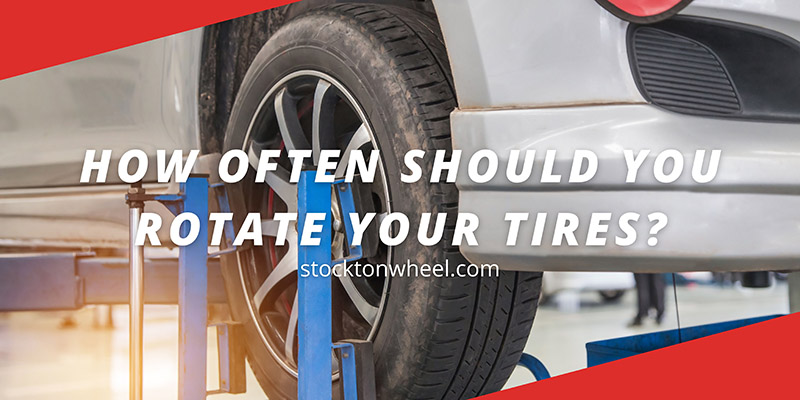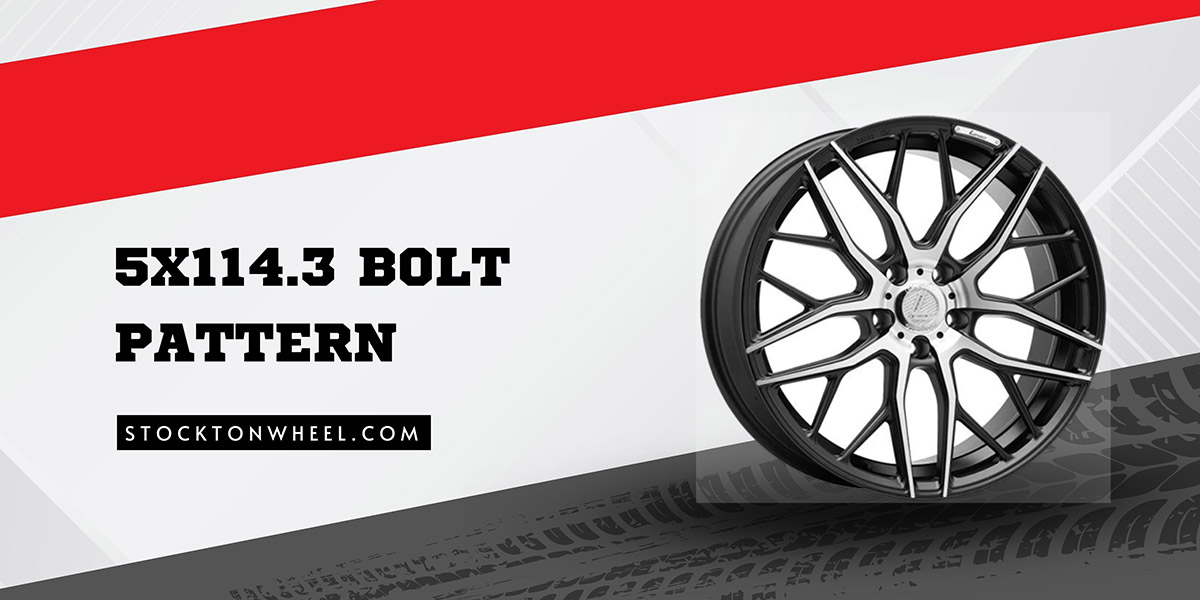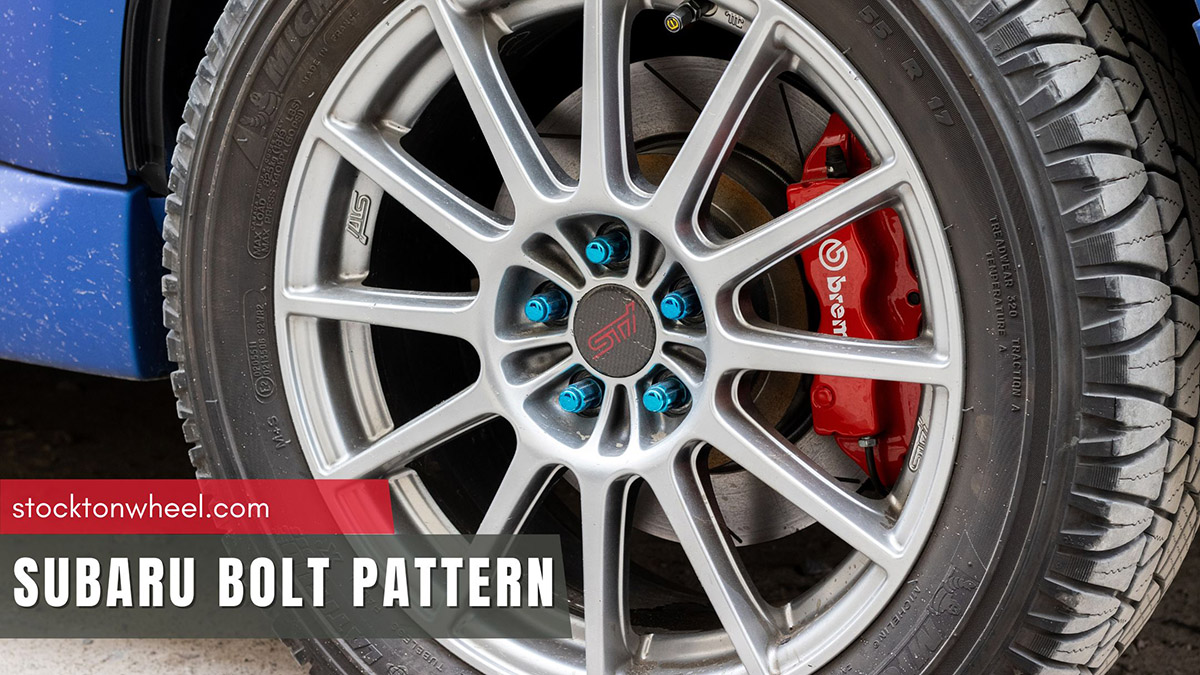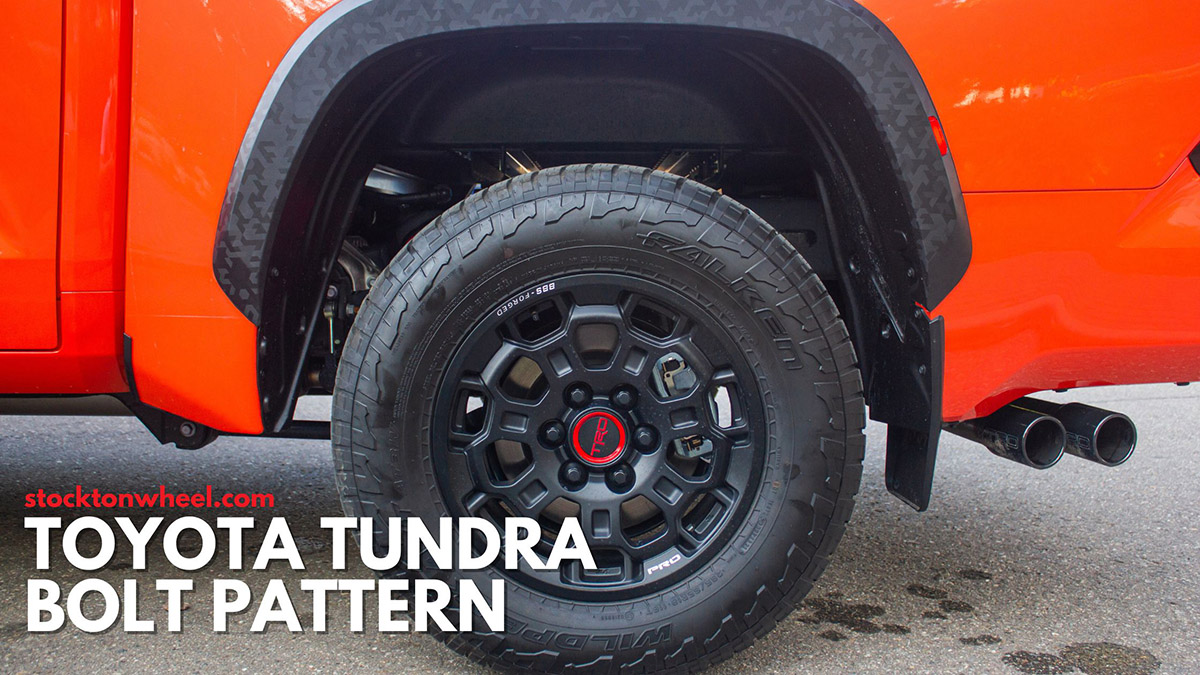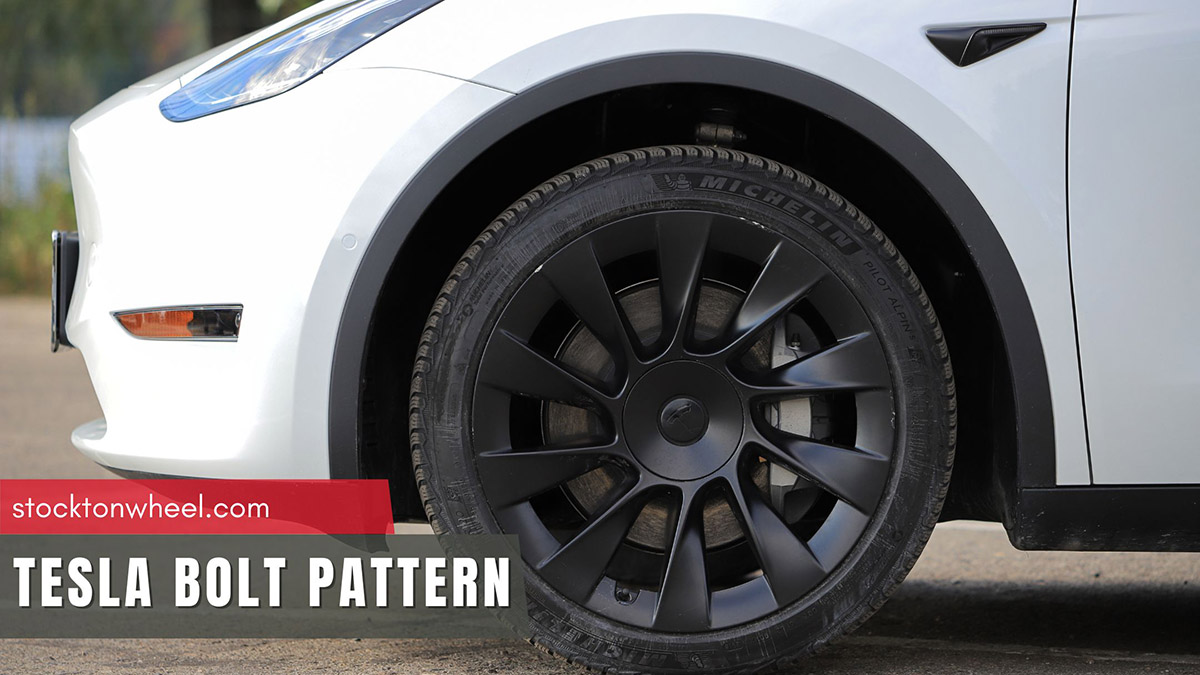Skipping tire rotation in maintenance care schedules is a mistake no seasoned drivers would like to go through. However, spending too much time and expense on rotations – when they are not really needed – does not sound like an ideal scenario, either.
This guide discusses how often you should rotate tires without breaking the bank or compromising the car’s condition. Other relevant issues will be covered as well; keep scrolling.
In this article:
How Often Should You Get Your Tires Rotated?
Every 5000 miles to 7500 miles would be the safest bet, but the interval may fluctuate based on your driving style, tire types, and vehicles. AWDs require less frequent rotation, while cars on rough roads or involved in stop-and-go traffic need rotation more often.
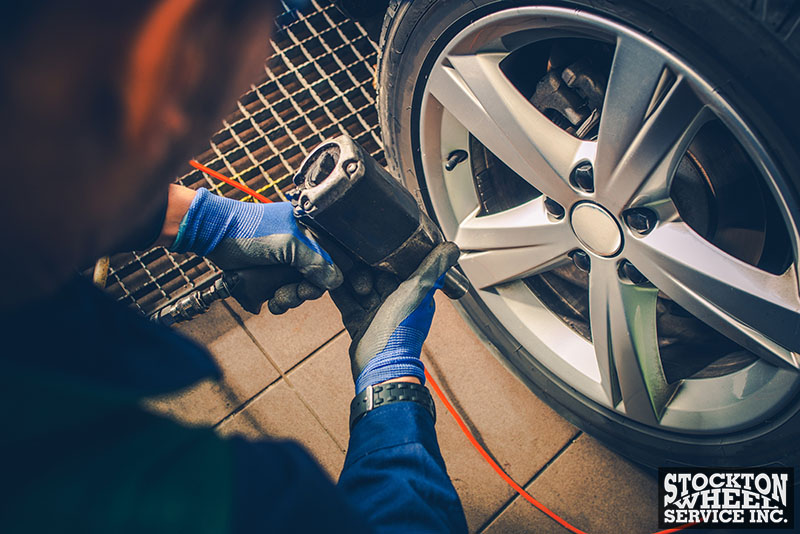
- Vehicle Types: FWD (front-wheel drive) cars need more frequent rotations than their RWD (rear-wheel drive counterparts). Front tires always carry more workload than rear tires for almost every car model – and on FWDs, they will wear out even faster.
- Driving Habits: Drivers frequently towing extra cargo and loads – or engaging in stop/go traffic – should sign up for more regular tire rotations. Otherwise, your tires will deteriorate at a neck-breaking speed under those rough driving conditions.
- Tire Types: All-season/all-year tires have a faster wear rate than winter or summer tires; after all, to cater to all conditions and weather, something has to give.
If you still feel unsure when to rotate tires, check the driver’s manual for specific recommendations. You can contact the vehicle manufacturers directly to confirm the matter, too; most of them will be willing to help.
Signals That Your Tires Need Rotation (Other Than Mileage)
Uneven wear (both on individual tires or when comparing the front and back tires), vibrations, and air pressure loss are the telltale signals of car tires that need rotation.
Uneven Wear on Individual Tires
Uneven wear on tires indicates wheel misalignments or heightened needs for tire rotation, so look closely.
There are horizontal bridges slotted between the tire grooves; the more your treads wear down, the closer these horizontal bars are brought against the treads.
Make a quick comparison; if one side’s bridges or treads seem to wear faster than the remaining side, get your car to an auto shop immediately.
Uneven Wear Back to Front
Another necessary checkup is the tire wear of the front versus the back axle tires. When there seems to be too much of a gap between their wear rate, have your car tires rotated and swapped by service experts to even out the tread pattern.
Vibrations or Shimmying
A well-rotated car would never bring up unusual shimmying or vibrating. So when your car starts shaking uncontrollably – whether all the time or only at high speeds – chances are the tires are not evenly worn.
Failure to treat them on time will only worsen the situation and manifest the shaking in other compartments as well (such as the steering wheels).
Air Pressure Loss
Air pressure loss in at least one of the tires points to deep troubles within the car tires, including misalignment or inconsistent tread depths.
Other potential reasons include valve stem issues, punctures, or slow leaks. Regardless of which scenario your car falls into, having the car properly diagnosed is a must.
Why Is Tire Rotation Important?
Extended tire and car life, better handling, lower hydroplaning risks, and improved traction/ fuel efficiency are all the benefits one should expect from regular and consistent tire rotations.
Extended Tire Life
Frequent tire rotations ensure all your four tires wear evenly. Such equal distribution reduces excess pressure on particular tire areas (especially the front tires), which keeps premature replacements at bay. Your tires can enjoy several more years (or even a decade) to come.
Better Stability and Handling

It’s hard to imagine how one would retain the car’s stability on four uneven, wobbling tires. Here is where the role of tire rotations enters, strengthening the car’s road grip and traction to deliver better control and handling.
Drivers of FWDs (front-wheel drive vehicles), RWDs (rear-wheel drive cars), or AWD models (all-wheel drive vehicles) alike will all appreciate such competitive edges.
Lower Hydroplaning Risks
Hydroplaning accidents occur when water manifests a thick layer between the road and the tires, causing the vehicle to lose control.
That will never be the case with well-rotated tires, as their even grooves and treads improve water evacuation and wet traction alike. You can keep driving on slippery roads with total peace of mind.
Better Fuel Economy
As uneven wear increases rolling resistance, car tires would have to work much harder to push the car forward and, as a result, eat up more fuel.
By rotating your tires, gas mileage and fuel utilization are fully optimized, saving both money and time.
Better Car Condition and Durability
High-quality automobile services rarely do tire rotations independently; they will take that chance to observe whether your car has gone down with any other issue – and fix it before the situation worsens.
Early symptom detections save you thousands of dollars on expensive repairs in the future, while guaranteeing the car’s overall performance and durability.
Is It Alright If You Rotate Your Tires Too Much?
Yes, there is no danger or immediate risks with excessive rotations. For certain models, short rotation intervals might even help extend the tires’ shelf life.
Still, two minor downsides are at play.
For one, the charges are definitely higher than 5000/7000-mile rotations. Secondly, your wheel studs and lug nuts might suffer from increased wear rate – though most drivers do not worry about them too much since replacements are easy and cheap.
Will Tire Rotation Mess Up Balance?
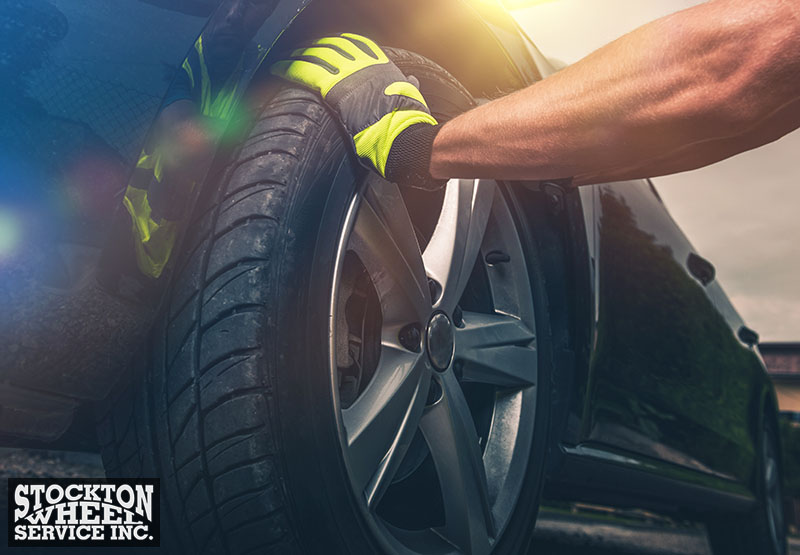
No, tire rotations will not negatively impact balance. And even if they do, it barely matters – since technicians will likely ask you to have your tires balanced right after rotation anyways.
Small weights might be installed on the wheel rim to compensate for possible imbalances, ensuring the tires’ smooth, bumpless rolls.
FAQs
Should I Rotate Tires Every Oil Change?
Yes, since oil changes have roughly similar recommended intervals to tire rotation intervals (every 5000 to 7000 miles).
Is It Okay to Rotate Tires Every 10,000 Miles?
Yes, it is okay since no immediate dangers are on the horizon. However, 5000 to 7000 miles is still safer, especially for older car models.
Conclusion
You should get your tires rotated every 5000 to 7500 miles – although you should also monitor possible issues and defects to have the tires fixed on time.
Feel free to reach me if other inquiries are not yet addressed.

